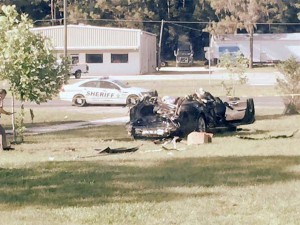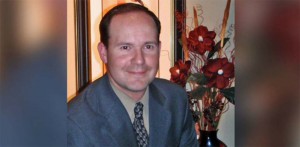The National Traffic Safety Board completed its investigation into a fatal accident involving Tesla Inc.’s Autopilot system, determining while it was not the sole cause of the collision, it did play a role in the crash.
The new finding comes months after an initial report that found the fatal Florida crash in May 2016 likely could have been prevented if the driver had responded to warnings to put his hands back on the wheel, rather than relying on the Tesla sedan’s semi-autonomous Autopilot system.
The new report claims “operational limitations” in the Model S driven by former Navy SEAL Joshua Brown played a “major role” in the collision a semi-truck crossing the road in front of the vehicle, according to Reuters.
The semi-autonomous Autopilot was named a contributing factor because it allowed the driver to avoid steering or watching the road for long periods of time.
(NTSB report largely clears Tesla in May 2016 Autopilot crash. For the story, Click Here.)
The family recently came out and aid the Model S wasn’t responsible for the crash. Brown has been described as a disciple for Tesla and its Autopilot technology. The family released a statement through its law firm.
“We heard numerous times that the car killed our son. That is simply not the case,” said the statement from the family, breaking its silence on the crash. “There was a small window of time when neither Joshua nor the Tesla features noticed the truck making the left-hand turn in front of the car.”
“People die every day in car accidents,” the statement said. “Change always comes with risks, and zero tolerance for deaths would totally stop innovation and improvements.”
According to NHTSA, Brown did not attempt to brake before the collision. The last thing he did was to set the cruise control at 74 miles per hour, which is above the posted 65-mph speed limit on that stretch of road, less than two minutes before the crash.
(Click Here for details about top executives leaving Tesla.)
Further, the report said that Brown repeatedly ignored warnings from his vehicle that he needed to take manual control, rather than continue to operate in hands-free mode. At least seven times during his journey, the driver apparently ignored visual warnings that read, “Hands Required Not Detected.”
Critics have argued that Tesla initially overplayed the capabilities of the Autopilot system, making it seem as if it offered full autonomy. For its part, the automaker has stressed that the technology “does not allow driver to abdicate responsibility.”
But during a 37-minute stretch examined by the NTSB, the 40-year-old Brown had his hands on the wheel for just 37 seconds. Along with the visual warning, the Model S sounded chimes on six instances.
The results of the investigation were followed by more bad news for the EV maker. It was revealed that Diarmuid O’Connell, Tesla’s vice president of business development for more than a decade, left the company. O‘Connell’s responsibilities, which included government relations, will now be taken over by Tesla’s president of global sales and service, Jon McNeill, the company said.
(To see more about Tesla expanding its product portfolio, Click Here.)
“For more than 11 years, Diarmuid has played an important role in helping Tesla grow from a small startup to a company with a presence around the world,” Tesla said in a statement. “He started with Tesla before the rollout of Roadster, and now that we’ve reached the launch of Model 3, he felt the time was right to move on and spend more time with his family.”


